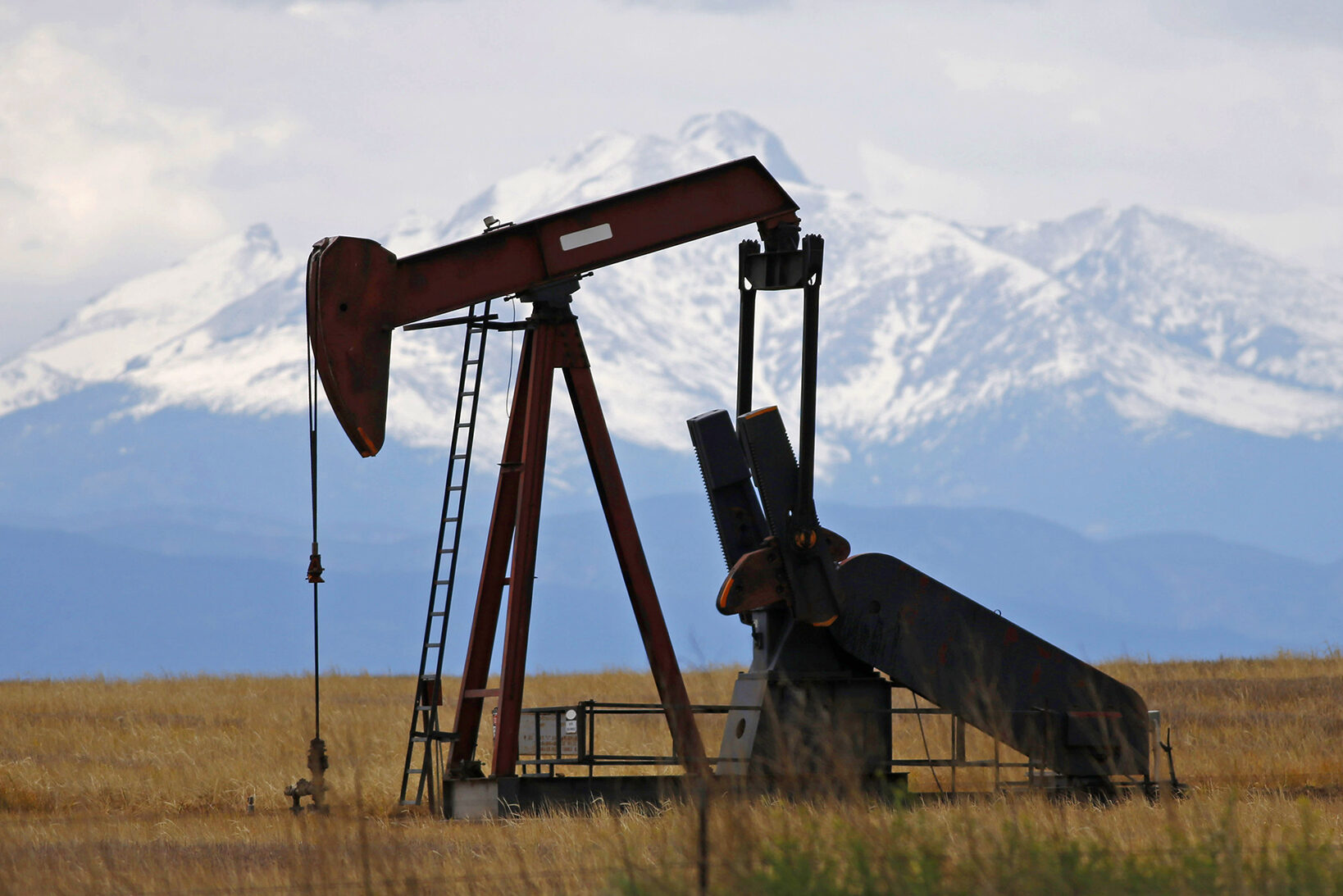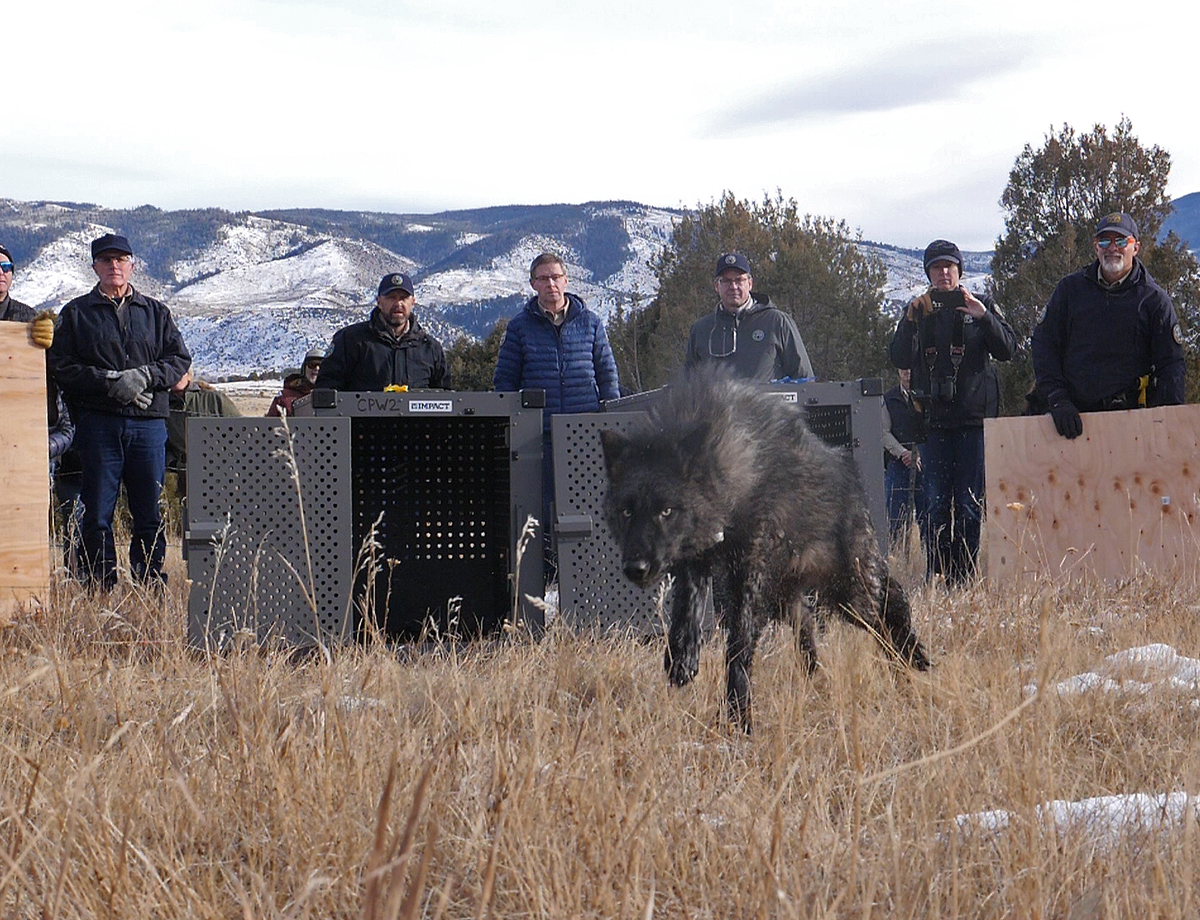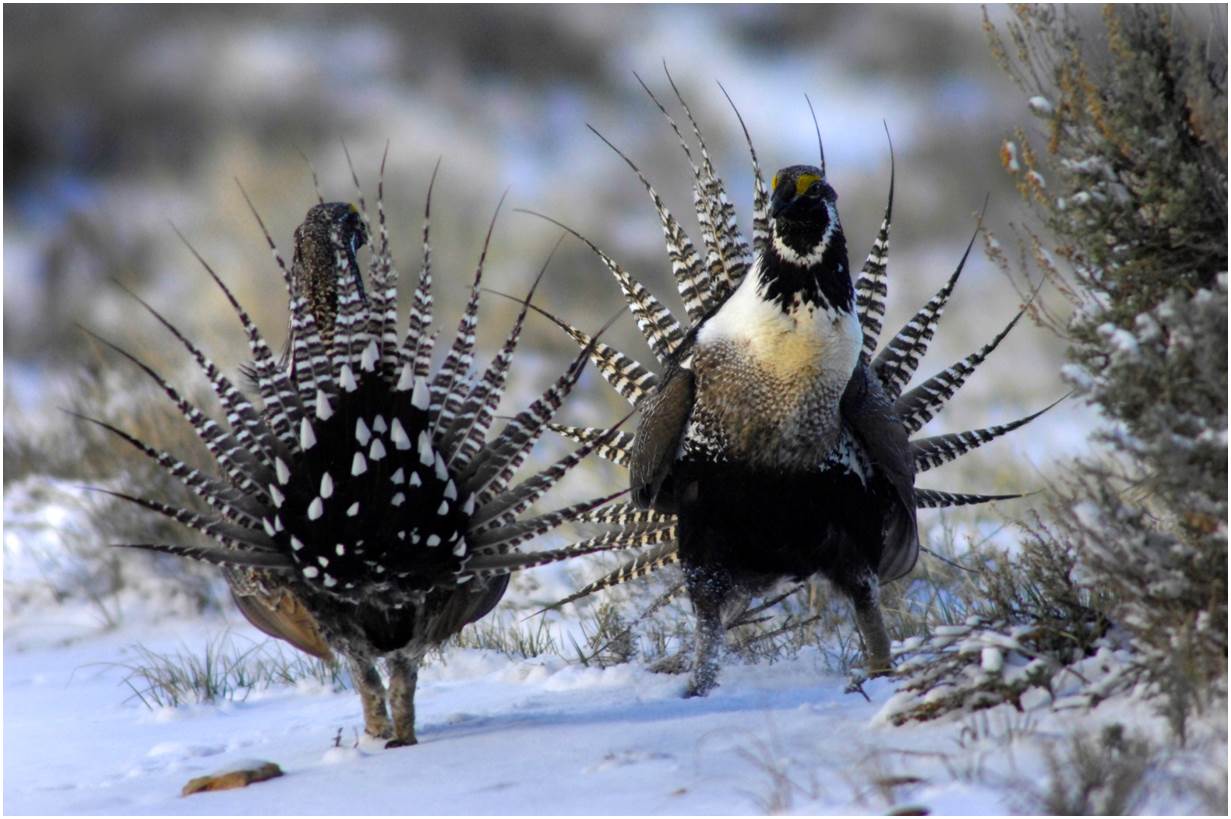
This week on Looking Up Hal has some advice for those observers not in the path of totality of the upcoming solar eclipse on August 21st. In other words, what to expect during a partial solar eclipse.
We are only a week away from that rare and beautiful astronomical wonder, a solar eclipse. If you’ve decided not to drive up to Wyoming or western Nebraska next Monday, let me give you a couple of tips on how to look at the partial eclipse visible in southern Colorado, and what you are going to see.
First off, let’s be VERY clear. There is absolutely, positively NO safe way to look directly at a partial solar eclipse. Don’t do it, period. Have I been clear enough? Don’t look directly at the Sun without proper protection! I mean it!
But if you’ve obtained a set of specially made eclipse goggles, you can test them out now by looking up at the Sun. You’ll be a bit surprised, I bet, at how tiny the disk of the Sun really is. Sometimes when the Sun is low, atmospheric distortions can make it appear larger than it really is. Use those goggle to watch the Moon start to take a nip out of the Sun’s disk about 20 minutes after 10am. The entire eclipse will last about 2 ¼ hours. I’ll have more specifics next week.
If you don’t have a set of eclipse goggles, you can see something remarkable by looking down at the shadow of leaves on the ground during the eclipse. You’ll notice they get very strangely shaped. I won’t spoil the fun, but get ready for some weird shadows.
If you’d like to take a closer look at the Sun or any of the wonderful and amazing things in the sky, please visit csastro.org for a link to information on our monthly meetings and our free public star parties.








